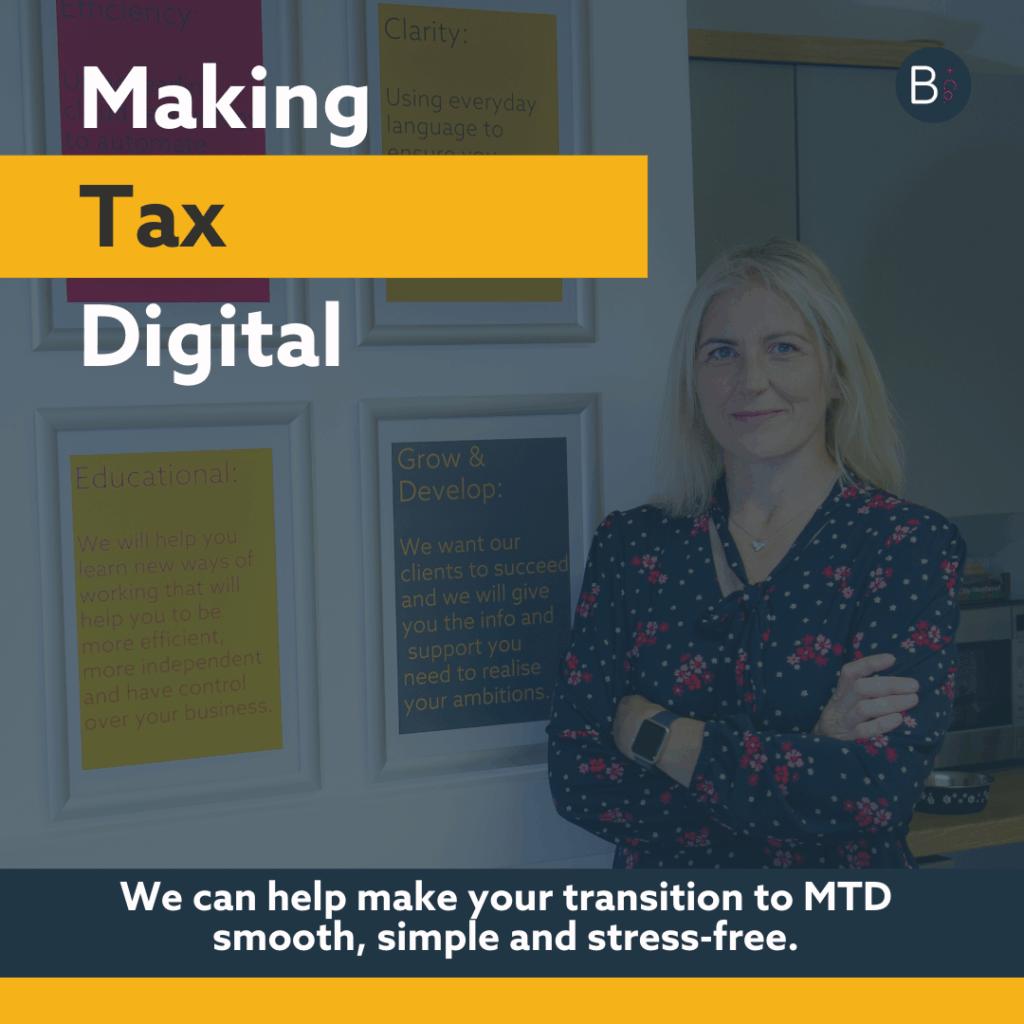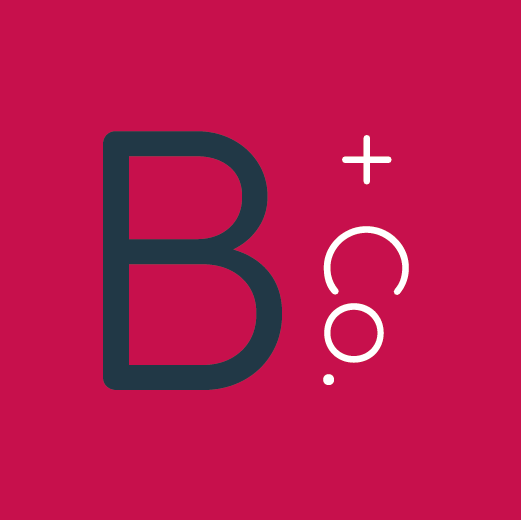

Heard the term ‘Making Tax Digital’ or ‘MTD’ and felt a slight sense of dread? You’re not alone.
For many business owners, landlords, and self-employed professionals, it sounds like another piece of complicated tax admin. But what if Making Tax Digital could actually make your life easier?
The reality is, MTD is here to stay. It’s HMRC’s plan to modernise the UK tax system, making it more effective, efficient and simpler for taxpayers. Here’s what you need to know to get ahead of the curve.
What exactly is Making Tax Digital (MTD)?
In a nutshell, MTD means moving away from paper records and annual tax returns towards a fully digital system.
Instead of keeping shoeboxes of receipts and filling out a tax return once a year, MTD requires you to:
- Keep digital records of your income and expenses.
- Use HMRC-compatible software to do this.
- Submit updates and returns directly from your software to HMRC.
The goal is to reduce errors, provide a clearer picture of your tax position throughout the year, and make the whole process feel less like a last-minute scramble.
Who is affected and when?
Making Tax Digital is being rolled out in phases. You might already be part of it, or your turn might be just around the corner.
- For VA – MTD for VAT has been mandatory for all VAT-registered businesses since April 2022. If you are VAT registered, you should already be keeping digital records and filing your VAT returns through compatible software.
- For Income Tax (MTD for ITSA) – This is the next big step and it will affect sole traders and landlords. The start dates depend on your total qualifying income (from business and/or property):
- From April 2026: If your annual income is over £50,000.
- From April 2027: If your annual income is over £30,000.
While these dates might seem a long way off, getting prepared now will save you a huge amount of stress later.
What do I actually need to do?
Getting ready for MTD for Income Tax is a straightforward process. Here are the three key steps:
- Get the Right Software – The heart of MTD is HMRC-compatible software. Great options like Xero, QuickBooks, and FreeAgent are designed for this. They connect to your bank account, help you categorise transactions, and create invoices, making digital record-keeping almost automatic.
- Go Digital with Your Records – Start getting into the habit of keeping all your business records digitally. This means using your software to log every sale and expense as it happens. You can snap photos of receipts with your phone and upload them instantly, eliminating piles of paper.
- Understand the New Reporting Rhythm – For those moving to MTD for Income Tax, the single annual Self Assessment tax return will be replaced. You will need to send quarterly updates of your income and expenses to HMRC via your software. At the end of the year, you’ll finalise your figures in a final declaration. It sounds like more work, but with the right software, these quarterly updates can be generated in just a few clicks.
Benefits of Making Tax Digital
While it’s a legal requirement, MTD can genuinely benefit your business. With up-to-date digital records, you get a real-time view of your financial health. You can see how much money you’re making, where you’re spending, and how much tax you’re likely to owe at any given moment. This allows for better budgeting, smarter business decisions, and no nasty tax bill surprises.
Don’t navigate MTD alone
Making Tax Digital is a significant shift, but it’s a positive one. It brings your financial admin into the 21st century and can provide you with invaluable insights.
If you’re unsure where to start, which software to choose, or how the new rules will affect you, please get in touch. We can help make your transition to MTD smooth, simple, and stress-free.
